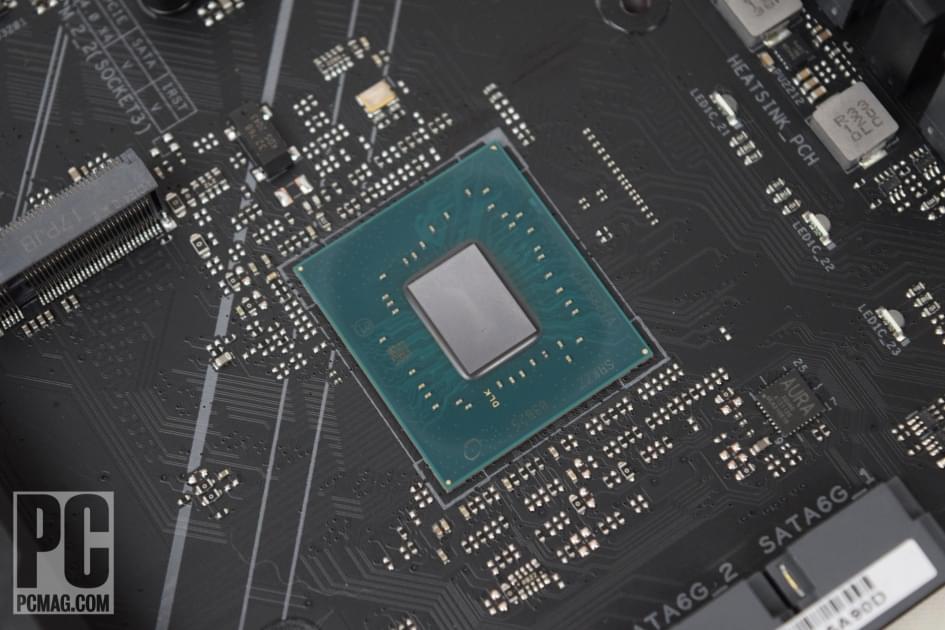Unexpectedly high demand for Switzerland’s first crypto stamp has created headaches for the national postal service. Swiss Post announced it had to deal with technical issues when numerous orders hit its online shop all at once on the day the innovative offering was made available.
Demand for First Crypto Stamp Overwhelms Swiss Post’s Online Store
Swiss Post announced the “crypto stamp” initiative in September when it was presented as an attempt to “bridge the gap between the physical and digital worlds in philately.” The state-owned company joined forces with blockchain services provider Inacta to produce the stamp, a first of a kind for the Alpine nation.









